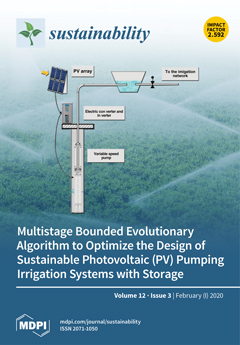Open AccessArticle
Potential Distribution of the Critically Endangered Chinese Pangolin (Manis pentadactyla) in Different Land Covers of Nepal: Implications for Conservation
by
Hari Prasad Sharma, Bhagawat Rimal, Mingxia Zhang, Sandhya Sharma, Laxman Prasad Poudyal, Sujan Maharjan, Ripu Kunwar, Prativa Kaspal, Namrata Bhandari, Laxmi Baral, Sujita Dhakal, Ashish Tripathi, Nimisha Karki, Bibasa Khadki, Prakash Thapa, Bipin Kumar Acharya, Suman Acharya, Kedar Baral and Hem Bahadur Katuwal
Cited by 24 | Viewed by 8823
Abstract
Anthropogenic activities have driven many wildlife species towards extinction. Among these species, the geographic distributions of many are poorly documented, which can limit the effectiveness of conservation. The critically endangered Chinese pangolin (
Manis pentadactyla) is experiencing population decline throughout its range due
[...] Read more.
Anthropogenic activities have driven many wildlife species towards extinction. Among these species, the geographic distributions of many are poorly documented, which can limit the effectiveness of conservation. The critically endangered Chinese pangolin (
Manis pentadactyla) is experiencing population decline throughout its range due to land-use changes and illegal trade for food and traditional medicine. Using distribution records and maximum entropy modeling, we predicted the potential distribution of the Chinese pangolin across Nepal. Most suitable potential habitats of the Chinese pangolin occurred in forest areas of the mid-hill region in central and eastern Nepal, followed by cultivated land. Almost all potential suitable habitats of the Chinese pangolin occurred outside of protected areas, and most of them were encroached upon by cultivated land, human settlements, and infrastructure developments. The results from this study provide baseline information on the potential suitable habitats of the Chinese pangolin in Nepal, which helps to develop site- and species-specific management plans and to identify priority areas to minimize the current threats to the pangolin and enhance the stewardship of species conservation.
Full article
►▼
Show Figures





